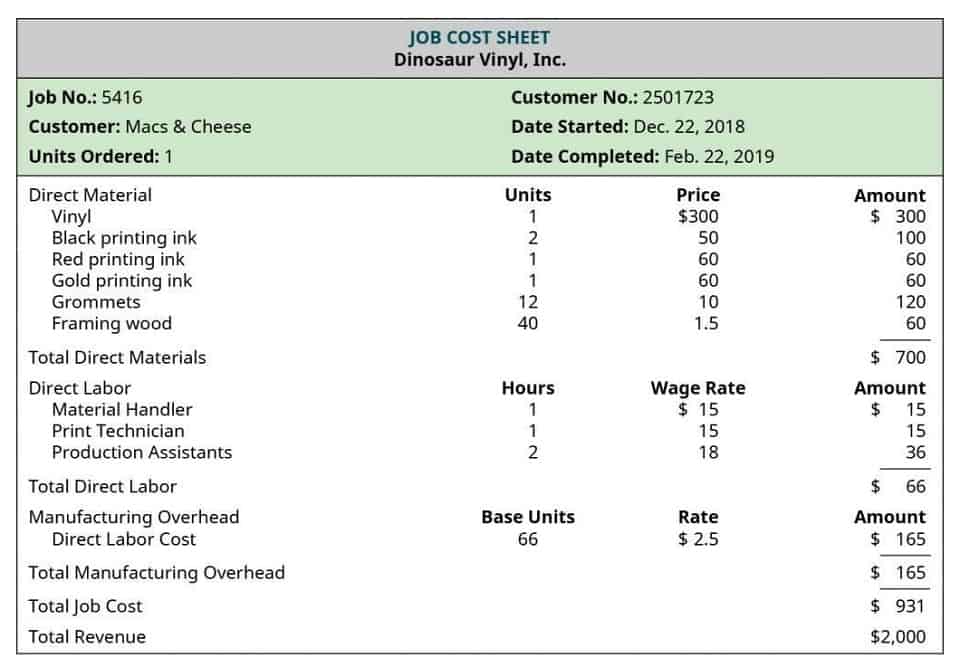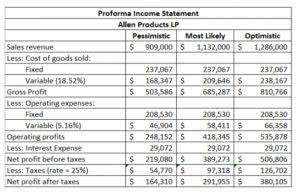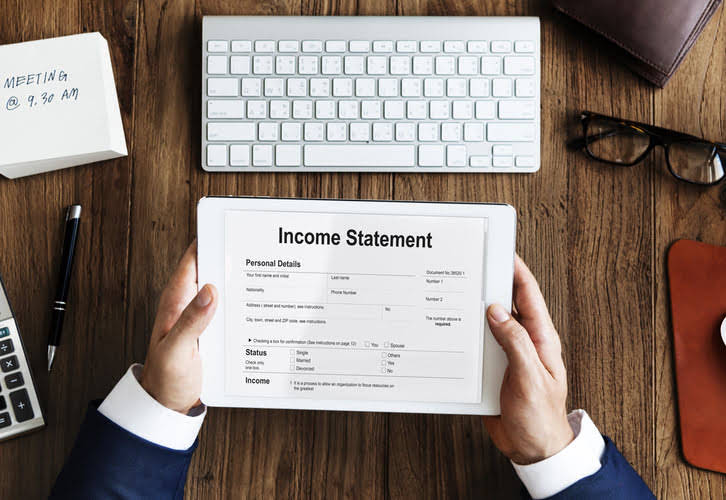
You calculate working capital by subtracting current liabilities from current assets, providing insight into a company’s ability to meet its short-term obligations and fund ongoing operations. A negative net working capital, on the other hand, shows creditors and investors that the operations of the business aren’t producing enough to support the business’ current debts. If this negative number continues over time, the business might net working capital equals be required to sell some of its long-term, income producing assets to pay for current obligations like AP and payroll.
Working capital ratio

Net Working Capital serves as a critical measure of a company’s liquidity, reflecting its ability to meet short-term obligations. For example, a strong NWC position often correlates with a quick ratio above 1, indicating sufficient liquid assets like cash and receivables to cover immediate liabilities without relying on inventory. The quick ratio provides a sharper focus on liquid assets compared to the broader current ratio. Inventory, including raw materials, work-in-progress, and finished goods, is a significant current asset that impacts NWC. The valuation method—FIFO, LIFO, or weighted average cost—affects financial reporting and tax outcomes. For example, during periods of rising prices, LIFO results in higher costs of goods sold and lower taxable income, while FIFO better reflects current market conditions.
- A company must strike a trade-off between the net working capital balance (i.e. working capital ratio) and the working capital turnover ratio.
- Current liabilities equal $180,000 ($50,000 accounts payable plus $90,000 accrued expenses plus $40,000 long-term debt due this year).
- Both figures can be found in public companies’ publicly disclosed financial statements, though this information may not be readily available for private companies.
- Current assets are those that can be converted into cash within 12 months, while current liabilities are obligations that must be paid within the same timeframe.
- The net working capital (NWC) formula subtracts operating current assets by operating current liabilities.
Net Working Capital: Definition, Formula, Uses
Net working capital should be positive because it shows that the company is expected to receive more cash inflows than the cash outflows it is required to make in next twelve months. What is a more telling indicator of a company’s short-term liquidity is an increasing or decreasing trend in their net WC. A company with Insurance Accounting a negative net WC that has continual improvement year over year could be viewed as a more stable business than one with a positive net WC and a downward trend year over year.

Example Calculation of Net Working Capital

Therefore, as of March 2024, Microsoft’s working capital metric was approximately $28.5 billion. If Microsoft were to liquidate all short-term assets and extinguish all short-term debts, it would have almost $30 billion remaining cash. Working capital is the difference between a company’s current assets and its short-term liabilities. Until the payment is fulfilled, the cash remains in the possession of the company, hence the increase in liquidity. But it is important to note that those unmet payment obligations must eventually be settled, or else issues could soon emerge. While A/R and inventory are frequently considered to be highly liquid assets to creditors, uncollectible A/R will NOT be converted into cash.

Working Capital: Formula, Components, and Limitations
Since Paula’s current assets exceed her current liabilities her WC is positive. This means that Paula can pay all of her current liabilities using only current assets. In other words, her store is very liquid and financially sound in the short-term. She can use this extra liquidity to grow the business or branch out into additional apparel niches.
Net Working Capital Formula (NWC)
Working capital is calculated by taking a company’s current assets and deducting current liabilities. For instance, if a company has current assets of $100,000 and current liabilities of $80,000, then its working capital would be $20,000. Common examples of current assets include cash, accounts receivable, and inventory. Examples of current liabilities include accounts payable, short-term debt payments, or the current portion of deferred revenue.
- In addition, the liquidated value of inventory is specific to the situation, i.e. the collateral value can vary substantially.
- Common examples of current assets include cash, accounts receivable, and inventory.
- A company can improve its working capital by increasing current assets and reducing short-term debts.
- The valuation method—FIFO, LIFO, or weighted average cost—affects financial reporting and tax outcomes.
- Under sales and cost of goods sold, lay out the relevant balance sheet accounts.
- Therefore, to adequately interpret a financial ratio, a company should have comparative data from previous periods of operation or its industry.
- Still, it’s important to look at the types of assets and liabilities and the company’s industry and business stage to get a more complete picture of its finances.
- If a balance sheet has been prepared with future forecasted periods already available, populate the schedule with forecast data as well by referencing the balance sheet.
- It is a measure of a company’s liquidity and its ability to meet short-term obligations, as well as fund operations of the business.
- A company must strike a balance between working capital turnover ratio and working capital ratio (also called current ratio).
- Most major new projects, like expanding production or entering into new markets, often require an upfront investment, reducing immediate cash flow.
Each one of these steps will help improve the short-term liquidity of the company and positively impact the analysis of net working capital. This value can be positive or negative, depending on the condition how is sales tax calculated of the business. If it is positive, implying more of assets than liabilities, it is good for the company, since it has more funds to pay off its current debts. Investors use NWC to know whether a company is liquid enough to pay off its short-term liabilities.
